Resilience and Mental Health First Aid: Creating Stronger Workplaces Together
Workplaces today are more demanding than ever. Tight deadlines, evolving expectations, and constant connectivity can make even the most seasoned professionals feel overwhelmed. Amidst this chaos, resilience and mental health first aid emerge as the dynamic duo every workplace needs to thrive. Together, they create environments where employees don’t just survive—they flourish.
In Australia, where mental health challenges are increasingly recognised as significant workplace concerns, the call for resilient workplaces is louder than ever. Let’s explore how resilience and mental health first aid can work hand-in-hand to foster stronger, healthier, and more productive teams.
What is Resilience, and Why Does it Matter?
Resilience is more than just “bouncing back.” It’s about adapting, growing, and finding strength in adversity. Think of it as the workplace equivalent of a tree that bends with the wind rather than breaking.
Why does resilience matter in the workplace?
It reduces burnout. Resilient employees manage stress more effectively, preventing long-term exhaustion.
It boosts problem-solving. Resilience helps individuals tackle challenges with creativity and determination.
It supports mental health. Employees who develop resilience are better equipped to navigate difficult times.
The good news? Resilience isn’t a fixed trait—it’s a skill that can be cultivated, nurtured, and strengthened.
Mental Health First Aid: A Lifeline for Workplaces
While resilience is an individual skill, mental health first aid is a workplace-wide support system. Just as physical first aid equips people to respond to injuries, mental health first aid empowers them to assist colleagues who may be struggling.
What does mental health first aid involve?
Recognising signs of mental distress. This might include changes in behaviour, mood, or performance.
Providing immediate support. Offering a listening ear, showing empathy, and encouraging appropriate actions.
Connecting to professional help. Guiding individuals towards resources like counsellors or helplines.
By embedding mental health first aid into workplace culture, organisations create a safety net for employees when they need it most.
Resilience and Mental Health First Aid: A Powerful Partnership
When resilience and mental health first aid are combined, they create a workplace culture that is both strong and supportive. Here’s how they complement each other:
1. Preventing Problems Before They Escalate
Resilience helps employees manage stress and adapt to change. When challenges arise, mental health first aid ensures that struggles are recognised and addressed early, preventing small issues from becoming major crises.
2. Building a Culture of Empathy
A resilient workplace isn’t about “toughening up”; it’s about fostering understanding. Mental health first aid teaches employees to approach colleagues with compassion, creating a sense of belonging and trust.
3. Normalising Conversations Around Mental Health
Resilience training encourages openness about struggles as part of personal growth. Mental health first aid provides practical tools to facilitate these conversations, reducing stigma and encouraging support.
How to Build Resilience and Embed Mental Health First Aid in Your Workplace
Creating a resilient, mentally healthy workplace doesn’t happen overnight, but small, intentional steps can lead to big changes. Here’s where to start:
1. Invest in Training
Provide resilience workshops and mental health first aid courses for employees. Training equips teams with the tools to manage stress and support one another effectively.
2. Lead by Example
Managers and leaders play a critical role in modelling resilience and prioritising mental health. Be open about challenges, demonstrate self-care, and foster an environment of trust.
3. Create Safe Spaces
Encourage open dialogue about mental health through regular check-ins, anonymous surveys, or dedicated discussion groups. The goal is to normalise these conversations.
4. Prioritise Work-Life Balance
A resilient team is a well-rested team. Offer flexible working arrangements, promote breaks, and discourage after-hours communication where possible.
5. Recognise and Celebrate Progress
Acknowledge employees’ resilience and celebrate their contributions. Recognition boosts morale and reinforces the value of a positive workplace culture.
The Australian Workplace Advantage
In Australia, we pride ourselves on mateship—a spirit of looking out for one another. Resilience and mental health first aid tap into this ethos, creating workplaces that thrive on mutual support and shared strength.
By equipping employees with the skills to handle adversity and providing them with a network of support, organisations can cultivate an environment where everyone feels valued and empowered.
Stronger Together: The Future of Workplaces
Resilience and mental health first aid aren’t just strategies—they’re investments in people. When workplaces prioritise these elements, they unlock potential, creativity, and collaboration at every level.
The future of work lies in recognising that success isn’t just about achieving goals—it’s about doing so while fostering well-being. Together, resilience and mental health first aid create workplaces where challenges are met with courage, and everyone feels supported to bring their best selves to work.
So, let’s create stronger workplaces together. Because when employees thrive, organisations shine.


